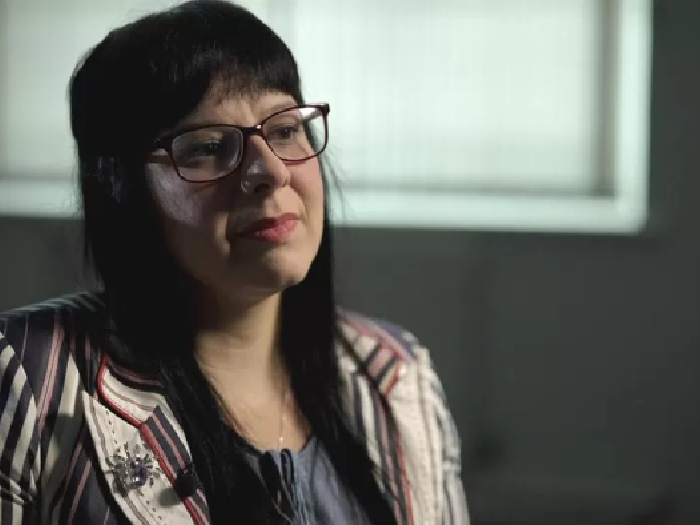Scientific and Legal Issues
Sgroi (1982), an early researcher in the field, offered the following definition of CSA in her classic text Handbook of Clinical Intervention in Child Sexual Abuse :
Child sexual abuse is a sexual act imposed on a child who lacks emotional, maturational, and cognitive development. The ability to lure a child into a sexual relationship is based upon the all-powerful and dominant position of the adult or older adolescent perpetrator, which is in sharp contrast to the child’s age, dependency, and subordinate position. Authority and power enable the perpetrator, implicitly or directly, to coerce the child into sexual compliance. (p. 9)
This definition is consistent with research showing that rather than being a sudden, violent occurrence by a stranger, most sex between children and adults involves a gradual “grooming” process in which an adult known by the child skillfully manipulated the child into participating (Berliner & Conte, 1990; Christiansen & Blake, 1990; Conte, Wolf, & Smith, 1989).
Victims typically do not disclose their abuse out of embarrassment along with fear that they will not be believed or will be blamed for what happened to them. In addition, perpetrators usually demand secrecy and often control their victims through the use of bribes or threats (Paine & Hanson, 2002). Victims have been found to accommodate the abuse psychologically by using coping mechanisms such as denial, minimization, and dissociation regarding the abuse itself or its damaging effects (Coons, Bowman, Pellow, & Schneider, 1989; Summit, 1983).
Studies have consistently demonstrated that CSA is associated with a broad range of behavioral, psychological and physical problems that persist into adulthood. Psychological sequelae include anxiety, depression, PTSD, self-destructive behavior, dissociation, substance abuse, sexual maladjustment, and a tendency towards revictimization in subsequent relationships (Browne, & Finkelhor, 1986; Roesler & McKenzie, 1994).
Because CSA is an experience rather than a disorder, it is difficult to predict how any single individual will respond. Research indicates that long-term effects of CSA range from the child being asymptomatic to showing evidence of severe distress (Kendall-Tackett, Williams, & Finkelhor, 1993). No single factor has been found to explain individual variations in outcome following CSA. Some abused children remain asymptomatic, some outcomes are delayed until later stages of development, and some outcomes may only be expressed with cumulative trauma (Putnam, 2003).
Factors that have been found to influence outcome can be viewed as falling into three broad categories:
Scientific Issues
- Factors influencing children to self-disclose sexual abuse. (PDF of Paine, M.L., & Hansen, D.J. (2002). Factors influencing children to self-disclose sexual abuse. Clinical Psychology Review, 22, 271-195; Copyright 2002, with permission from Elsevier)
- Childhood sexual abuse fact sheet by Emily M. Douglas and David Finkelhor
- Eight Myths About Child Sexual Abuse – Misconceptions about child sexual abuse lead many people to be overly skeptical regarding allegations of child sexual abuse.
- In General, How Often do Children’s Reports of Sexual Abuse Turn out to be False?
- Child Maltreatment 2012: False and Substantiated Rates by State
- Long-term effects of childhood sexual abuse
- The hidden effects of childhood maltreatment on adult health
- The economic costs of child abuse and neglect to society
- The effect of childhood trauma on brain development
Legal Issues
- Myths that place children at risk during custody disputes
- Resources on children's testimony in abuse cases
-
Filing a Judicial Complaint in State Courts: An Overview
An introduction to the judicial complaint process, which may be used when an individual believes that a judge presiding over her/his case acted inappropriately. (Legal Momentum, 2002)


